In a world that values global communication, language learning has become a crucial skill. With the rise of mobile technology, language learning apps have revolutionized the way we acquire new languages. In this article, we will explore the top 10 language learning apps for Android, specifically focusing on dictionary features that aid in vocabulary enhancement and linguistic proficiency.
Don’t Miss: Top 10 Best Dictionary and Thesaurus Apps
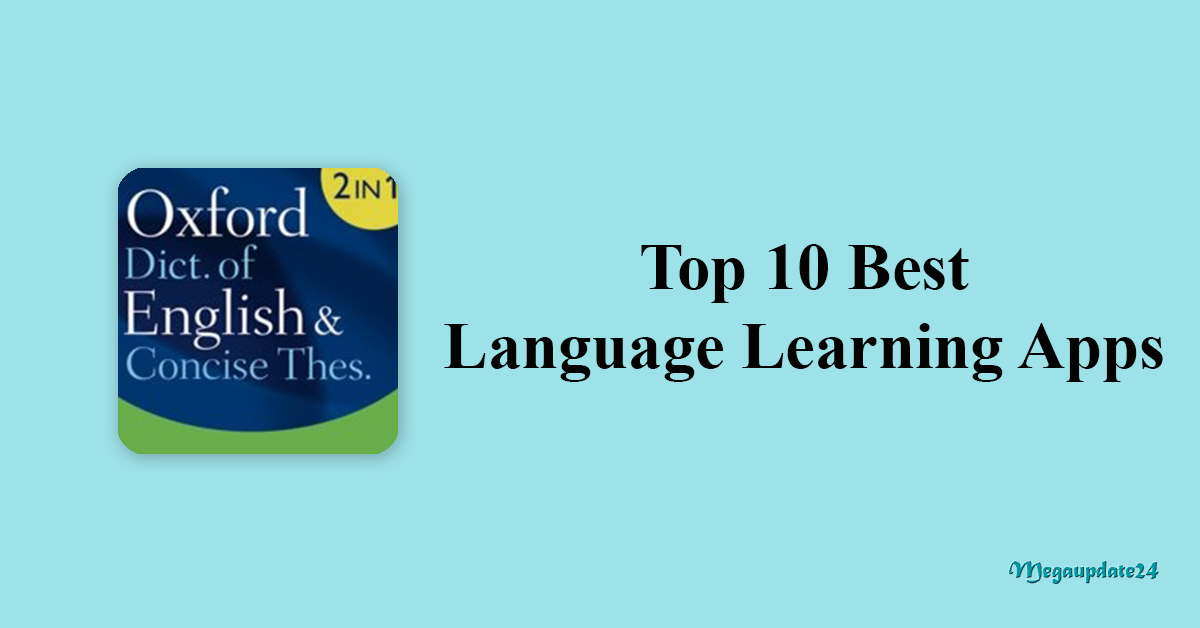
About Language Learning Apps
Language learning apps serve as virtual tutors, offering users the convenience of learning at their own pace and on the go. These apps go beyond traditional methods, integrating interactive features, multimedia content, and advanced algorithms to make language acquisition an engaging and personalized experience.
Types Of Best Language Learning Apps
Certainly! There are various language learning apps designed to help users acquire new languages effectively. Here are some types of best language learning apps:
Duolingo:
- Type: General Language Learning
- Features: Gamified lessons, bite-sized exercises, and a variety of languages available.
Rosetta Stone:
- Type: Immersive Language Learning
- Features: Emphasizes immersive learning through visual and audio cues, speech recognition technology.
Babbel:
- Type: Practical Language Learning
- Features: Focuses on practical, real-life conversations and grammar skills for daily use.
Memrise:
- Type: Vocabulary Building
- Features: Utilizes mnemonic techniques and spaced repetition to enhance vocabulary retention.
Busuu:
- Type: Social Language Learning
- Features: Combines language lessons with opportunities for interaction with native speakers through a social network.
HelloTalk:
- Type: Language Exchange
- Features: Connects language learners with native speakers for language exchange through text, voice, and video chats.
Pimsleur:
- Type: Audio-Based Language Learning
- Features: Focuses on audio lessons and pronunciation, providing an immersive language experience.
Lingodeer:
- Type: Multi-Language Learning
- Features: Teaches multiple languages with a focus on grammar, vocabulary, and interactive exercises.
Tandem:
- Type: Language Exchange
- Features: Connects language learners with native speakers for language exchange through text, voice, and video chats.
Clozemaster:
- Type: Vocabulary and Sentence Building
- Features: Emphasizes context-based learning by exposing users to sentences within real-world contexts.
Top 10 Best Language Learning Apps (Dictionary)
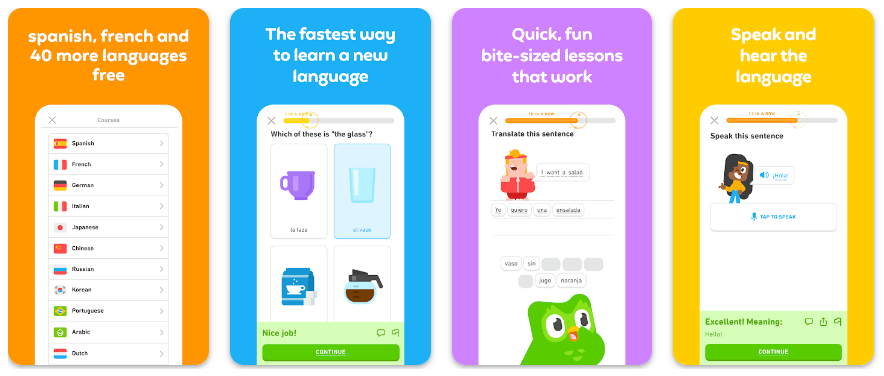
1. Duolingo
Duolingo is a pioneer in language learning apps, known for its gamified approach to teaching. The app provides a dictionary feature that allows users to explore and understand the meanings of words in context.
Features:
- Gamified lessons for an interactive learning experience.
- In-app dictionary for quick word definitions.
- Pronunciation practice with speech recognition.
- Personalized learning paths.
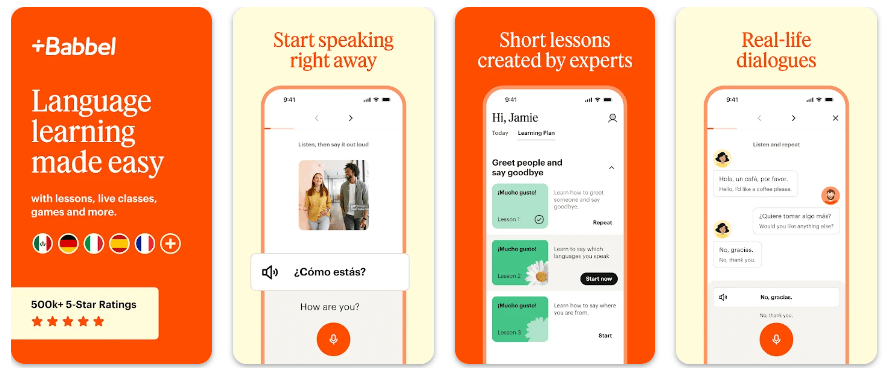
2. Babbel
Babbel focuses on practical language skills, making it an ideal choice for learners who want to quickly apply their knowledge. The app incorporates a comprehensive dictionary to enhance vocabulary.
Features:
- Real-life dialogues for practical language use.
- Dictionary with audio pronunciations.
- Grammar lessons for a holistic understanding.
- Review sessions to reinforce learning.
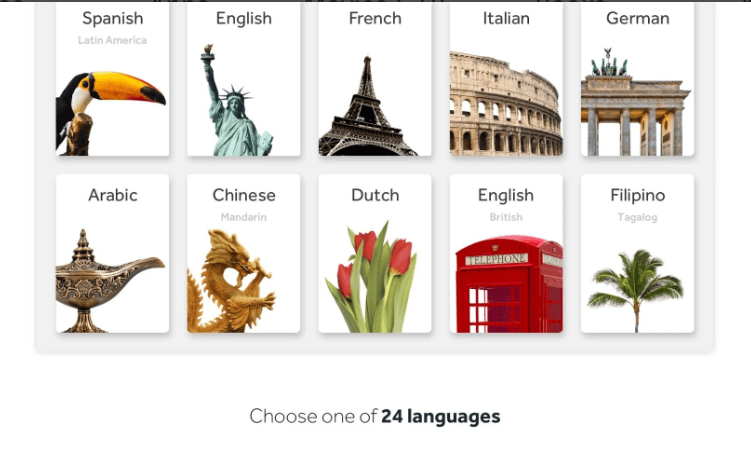
3. Rosetta Stone
Rosetta Stone is renowned for its immersive language learning method. The app offers a dynamic dictionary feature to complement its immersive lessons.
Features:
- Immersive language learning approach.
- Dictionary with visual representations.
- Pronunciation feedback through TruAccent.
- Live tutoring sessions for additional support.
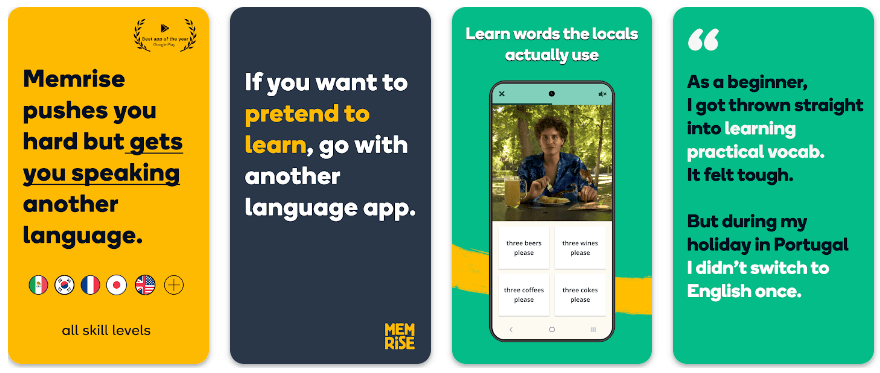
4. Memrise
Memrise employs mnemonic techniques to make language learning memorable and enjoyable. The app integrates a dictionary feature to reinforce word meanings.
Features:
- Mnemonic devices for effective memorization.
- Dictionary with multimedia definitions.
- Grammar lessons for a well-rounded learning experience.
- Adaptive learning to focus on weak points.
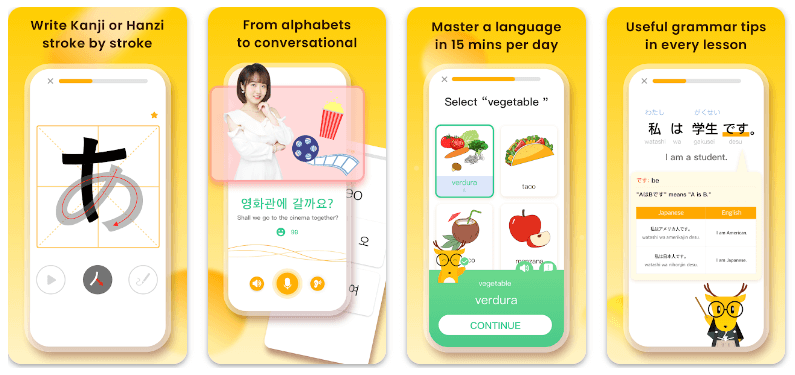
5. Lingodeer
Lingodeer offers a comprehensive language learning curriculum with a focus on grammar and vocabulary. The app’s dictionary feature aids in understanding words within the context of sentences.
Features:
- Grammar-focused lessons.
- Dictionary with sentence examples.
- Visual aids for better comprehension.
- Progress tracking and review quizzes.
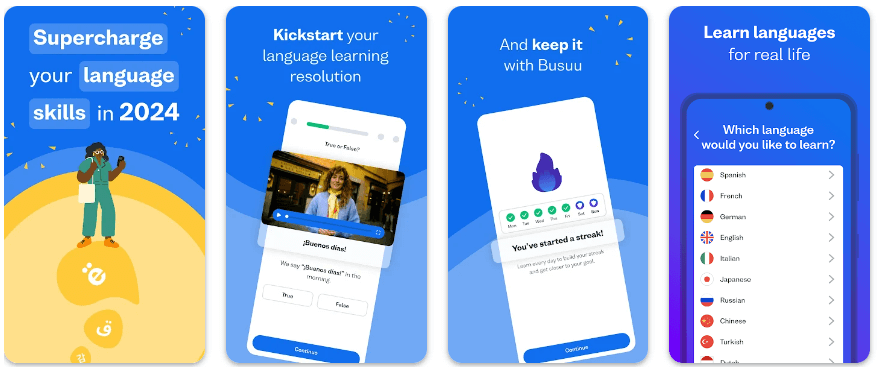
6. Busuu
Busuu combines language learning with a social learning community. The app’s dictionary feature provides instant translations and explanations for words encountered in lessons.
Features:
- Social learning with native speakers.
- Dictionary with audio pronunciations.
- Conversational lessons for practical application.
- Grammar exercises and vocabulary reviews.
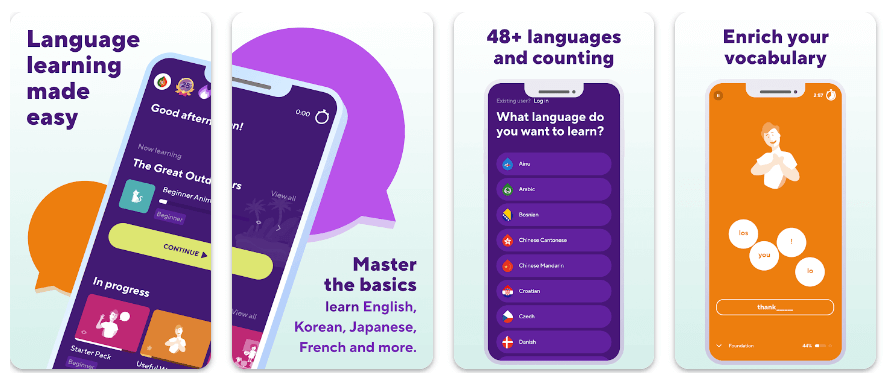
7. Drops
Drops takes a unique approach with its focus on visual learning and vocabulary building. The app’s dictionary feature enhances word recognition and understanding.
Features:
- Visual learning with illustrations.
- Dictionary with visual representations.
- Quick five-minute lessons for busy schedules.
- Word games for interactive learning.
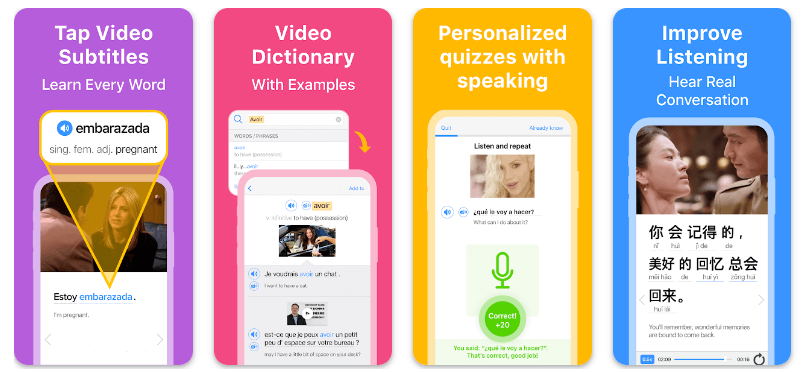
8. FluentU
FluentU leverages authentic videos to teach languages in context. The app integrates a dictionary feature that provides definitions and usage examples from real-world videos.
Features:
- Learning from authentic videos.
- Dictionary with contextual examples.
- Interactive quizzes based on video content.
- Personalized learning based on user preferences.
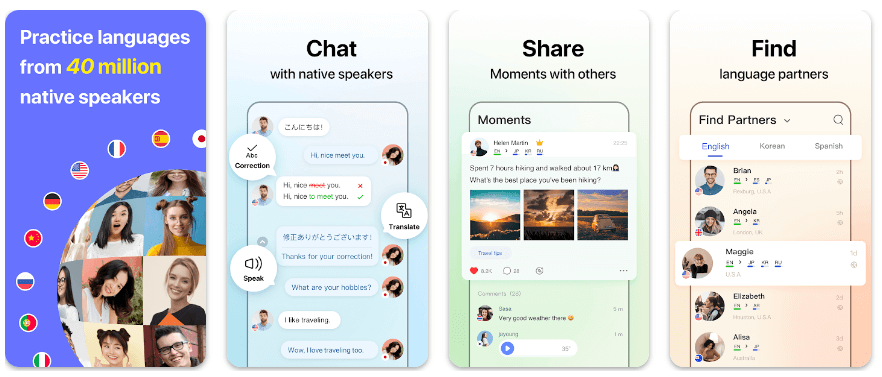
9. HelloTalk
HelloTalk introduces a language exchange platform where users can connect with native speakers. The app includes a dictionary feature for on-the-spot translations during conversations.
Features:
- Language exchange with native speakers.
- In-app dictionary for instant translations.
- Voice and text messages for real-time practice.
- Corrective feedback from native speakers.
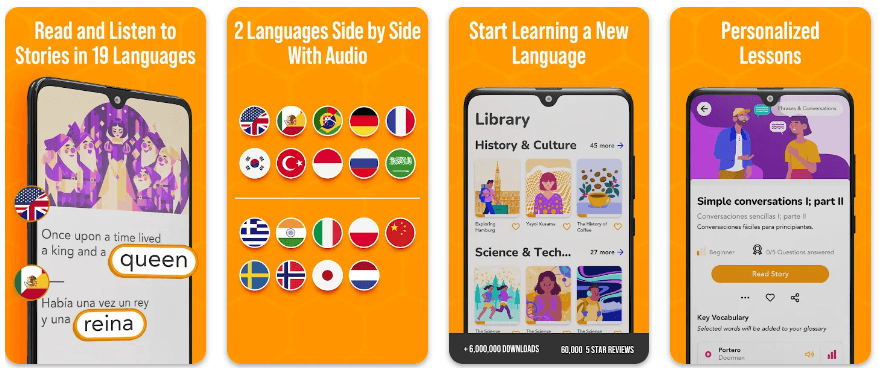
10. Beelinguapp
Beelinguapp employs a unique approach by using texts in two languages side by side. The app includes a dictionary feature for users to understand the meaning of words within the context of the texts.
Features:
- Side-by-side texts for dual-language learning.
- Dictionary with contextual definitions.
- Audiobooks for improved listening skills.
- Customizable reading speed and difficulty levels.
Downloading and installing the games on both Android and iOS devices is a straightforward process. Here’s a step-by-step guide for each platform:
For Android:
- Open the Google Play Store
- Search for the app
- Select the app
- Download and Install
- Launch the app
For iOS:
- Open the App Store
- Search for the app
- Select the app
- Download and Install
- Wait for Installation
- Launch the app
FAQs
1. Are these language learning apps suitable for beginners?
Yes, all the listed apps cater to beginners, offering structured lessons and features to build a solid foundation in a new language.
2. Do these apps support multiple languages?
Yes, these apps typically support a variety of languages, allowing users to choose the language they want to learn.
3. Are these apps free to use?
While many language learning apps offer free versions with basic features, some may have premium subscriptions for advanced features or an ad-free experience.
4. Can these apps replace traditional language learning methods?
Language learning apps can be effective supplements to traditional methods. Their interactive and engaging features often make them more accessible and convenient for learners.
5. How much time should I dedicate to using these apps for effective learning?
The amount of time needed varies for each learner. Consistency is key, so dedicating a regular and reasonable amount of time each day or week will contribute to effective language acquisition.
Conclusion
In the dynamic landscape of language learning apps, the top 10 listed here cater to diverse learning styles and preferences.
Whether you prefer gamified lessons, immersive experiences, or social language exchange, these apps offer a range of features to enhance your vocabulary and language proficiency. As technology continues to advance, these language learning apps on Android remain valuable tools for anyone embarking on a linguistic journey.